Learn more about planting, pruning, fertilizing, weed control, and harvesting blackcurrants
What is the blackcurrant and which currants are the healthiest?
The blackcurrant (black currant), also known as cassis or Ribes nigrum is a healthy and edible fruit that grows on shrubs. It’s from the gooseberry family and blackcurrant has many varieties and can be used for cooking, juices, herbal, spices, and others.
It is native to central and northern Europe and northern Asia, It is cultivated commercially and domestically, Poland considers the largest producer of blackcurrants in the European Union and the second largest in the world after the Russian Federation.
Blackcurrant is undoubtedly the most healthy kind of currants:
Currants have 3 types with 3 different colors and tastes. Blackcurrants are sweet and dry, redcurrants are sour, and white currants are slightly different tastes and it’s sour and sweet. Regardless of the color, currants contain many valuable ingredients, especially vitamins. 100 g of blackcurrants provide on average 4 times more vitamin C than the daily norm as well as iron and manganese. The blackcurrant berries have plenty of antioxidants that help the immune system and treat minor health illnesses such as sore throats. They have antimicrobial, antiviral, and anti-inflammatory.
- Soil: recommended pH of 6 to 6.5, loose soil, Nutrient-rich, avoid heavy waterlogging soil.
- Blackcurrant flowers are sensitive to frost, so avoid locations that are susceptible to drought
- locations that receive morning sun and afternoon shade
- Blackcurrants do not grow well with other plants
- Blackcurrant can be planted twice a year, in autumn, and with sufficient watering, can be also in early spring. The plants are slightly deeper than they grew in their nursery pots.
- Blackcurrant planting machine DARIA: is designed for easy and fast planting of blackcurrant seedlings. (Watch Video)
- Space between plants: 50 cm to 70 cm
- Space between rows: 3.3 m to 4 m
- Space at the end of the row to the fence: 6 m
- Shrub height from 1 m up to 2 m
- Blackcurrant plants can stand alone without any support

Fertilizing Blackcurrants:
Blackcurrant bushes need watering and feeding. In spring, feed with high potash fertilizer. It’s important to control weeds during the growing season ( We provide a wide range of machines to control weeds of berry bushes for organic and non-organic plantations)
Why and when to prune blackcurrant bushes?
The goal of pruning is to grow the side shoots, which will bear fruit the next year. There must always be enough young main shoots because after about a few years shoots only form isolated side shoots with a few small fruits. In addition, it is an important step in preparations for a fast and efficient harvest of berry bushes with mechanical harvesters to give the bush its bushy shape as the fruit-bearing side shoots are formed.
Cut out a quarter of the branches each year, aiming to remove old non-productive, weak growth, and low-lying branches. With the berry pruning, machine FORMER is able to cut the lower branches to stimulate strong growth from or near the base, and remove weak shoots, and any dead wood.
Blackcurrant pruning can be done after harvest time during autumn and early spring. Prune sprawling branches laden with fruit for easy picking. (Watch Video for blackcurrant min 01:07)
Weed Control in Organic Blackcurrant Plantations:
For Organic Blackcurrant Shrubs:
We offer a full line of mechanical and hydraulic hoeing machines to control weeds in blackcurrant plantations for both young and mature bushes. The weeders are designed mainly for berry plantations, and they have been upgraded continuously to achieve the highest and most efficient performance.
For young blackcurrant plants:
The Eco hydraulic weeder ZUZA 3 is designed for mechanical weed control in bio blackcurrant farms.
The 2 rotary heads remove the weeds around and between the plants in the 1st, 2nd, and 3rd years. Watch Video
For mature blackcurrant plants: efficient weed control up to a speed of 3 km/h
We provide the automatic inter-row hoeing machine LUCY, which is equipped with a rotary head and mechanical regulated sensor for high precision weeding that removes any risk of damaging the plant. (Watch Video)
For mature blackcurrant plants, fast weeding up to 12 km/h
Orchard Finger hoe KLAUDIA is designed for fast mechanical weeding in organic berry plantations. the machine is equipped with 4 finger roller cultivators and a rubber finger hoe, also can be equipped, 2-disc cultivator
For mowing between rows and under bushes:
We provide an inter-row mower designed for controlling weeds and cutting grass under blackcurrant bushes and a mower with a cutting width of 1.8 m to mow between rows of blackcurrants plantation.
Weed Control in Conventional Blackcurrant Plantations:
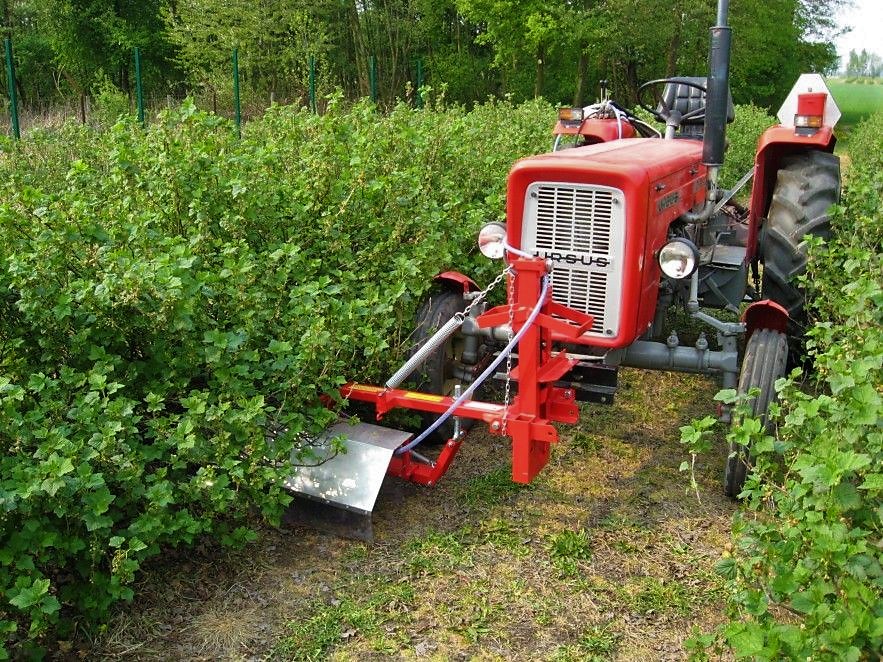
For Non-Organic Blackcurrant Shrubs: The herbicide strip sprayer for blackcurrant bushes TEKLA is designed to reach the weeds growing under the blackcurrant. A special design of the sprayer modules enables spraying as close to a bush as possible and the use of protective curtains and ejector nozzles protects against spraying branches and shrubs
When to Harvest Blackcurrants?
Harvesting Blackcurrants starts in early summer onwards, it’s related to weather conditions and depends on the variety. The way to know they are ready to harvest is when they are dark and shiny. Try to harvest blackcurrants during a dry time and avoid harvesting during wet time as they may go moldy.
How To Harvest Blackcurrants?

The mechanical harvest in blackcurrant plantations can reduce costs by 80% and improve labor productivity.
For harvesting blackcurrants, we offer a full line of blackcurrant harvesters. One of the best-known blackcurrant harvesters in Europe is the half-row berry harvester JAREK 5. Our Blackcurrant harvesters have been operating for several decades, we have sold more than 1500 harvesters under the name of JAREK for different types of berries. It’s highly recommended for plantations from 1 ha to 15 ha.
Above 15 ha, we recommend the berry harvester OSKAR A01 a pull-type for collecting currants from the whole row. For plantations above 30 ha, we recommend the self-propelled blackcurrant harvester OSKAR 4WD.
- We guarantee a harvest accuracy from 95% to 99% and the amount of impurities does not exceed 1% as the best result achieved so far in the market due to the feature of the modular design.
- Picking currants from both high and low shrubs.
- No damage to shrubs due to design technology that has been used in the harvester.
- Fruits for fresh market.
We invite you to watch the video below to know more about the mechanical harvest:
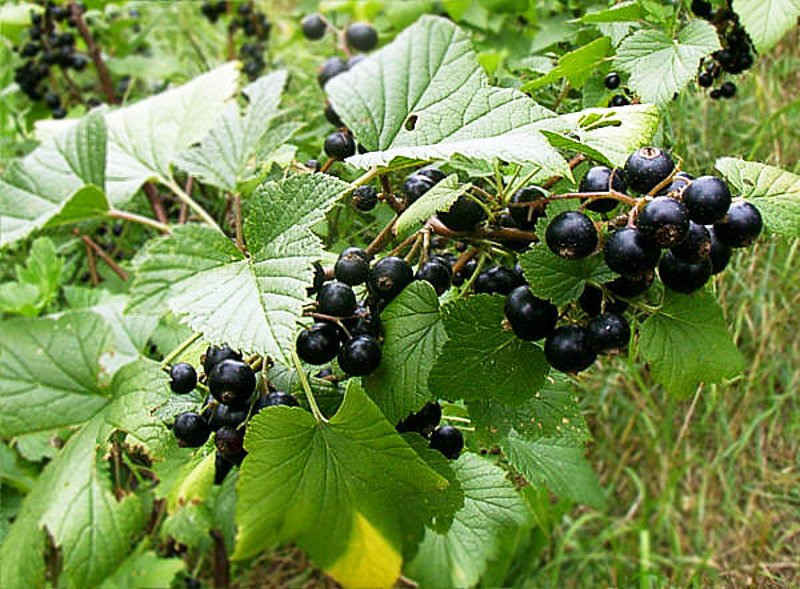
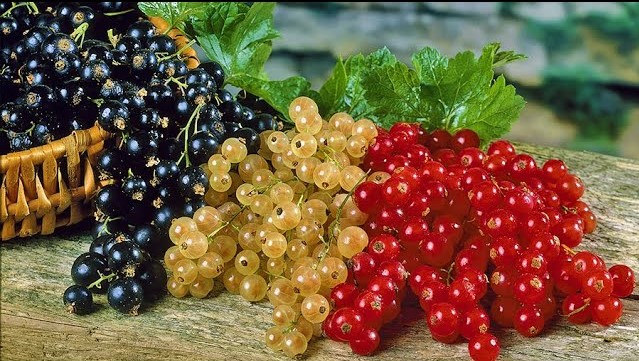
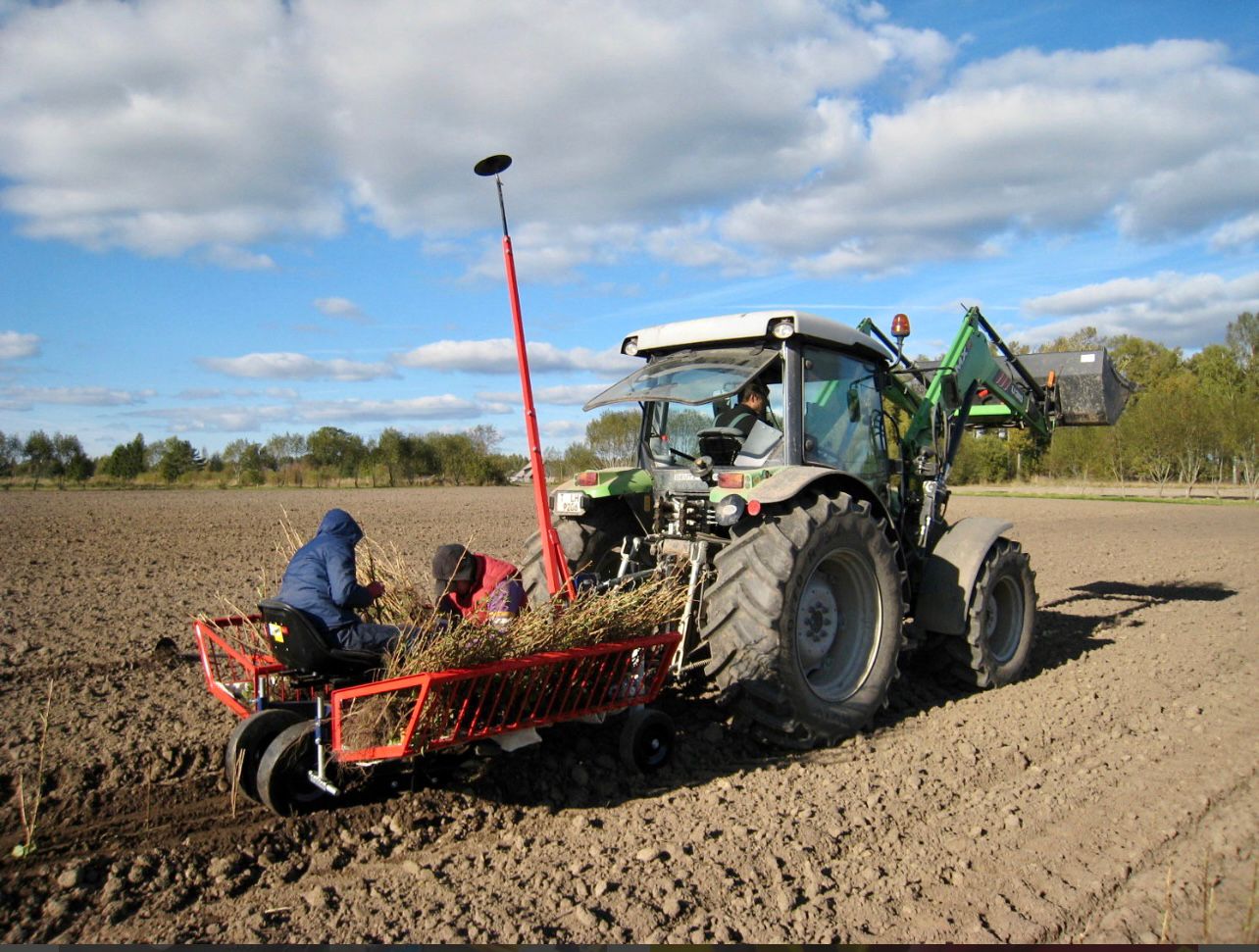
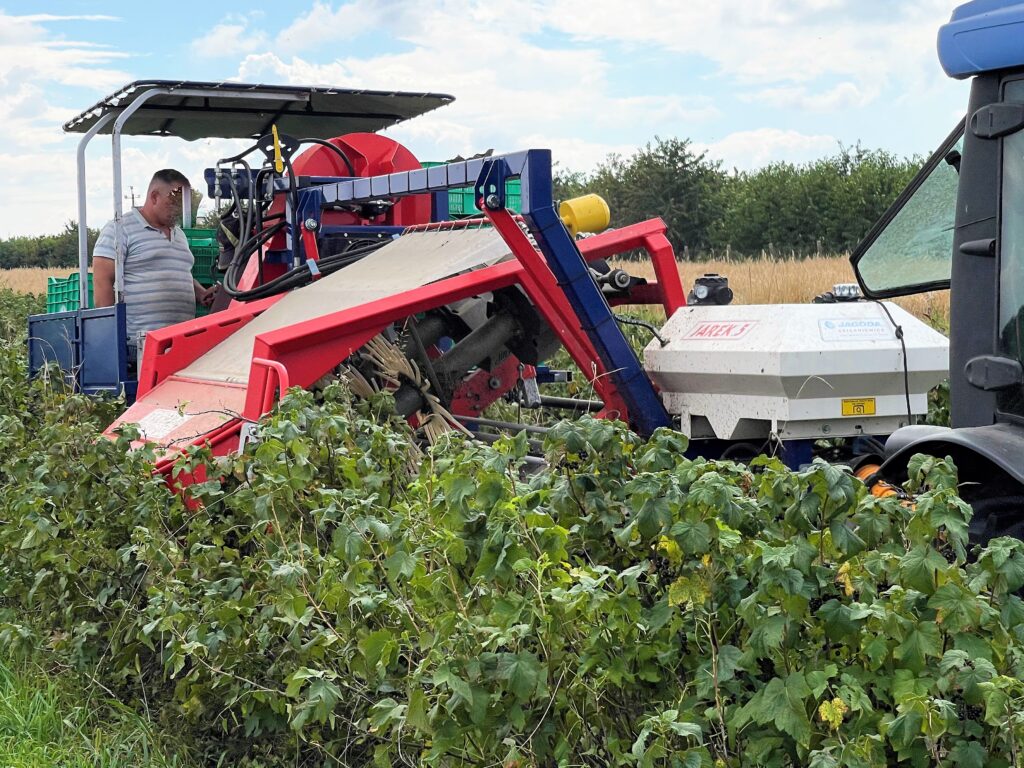
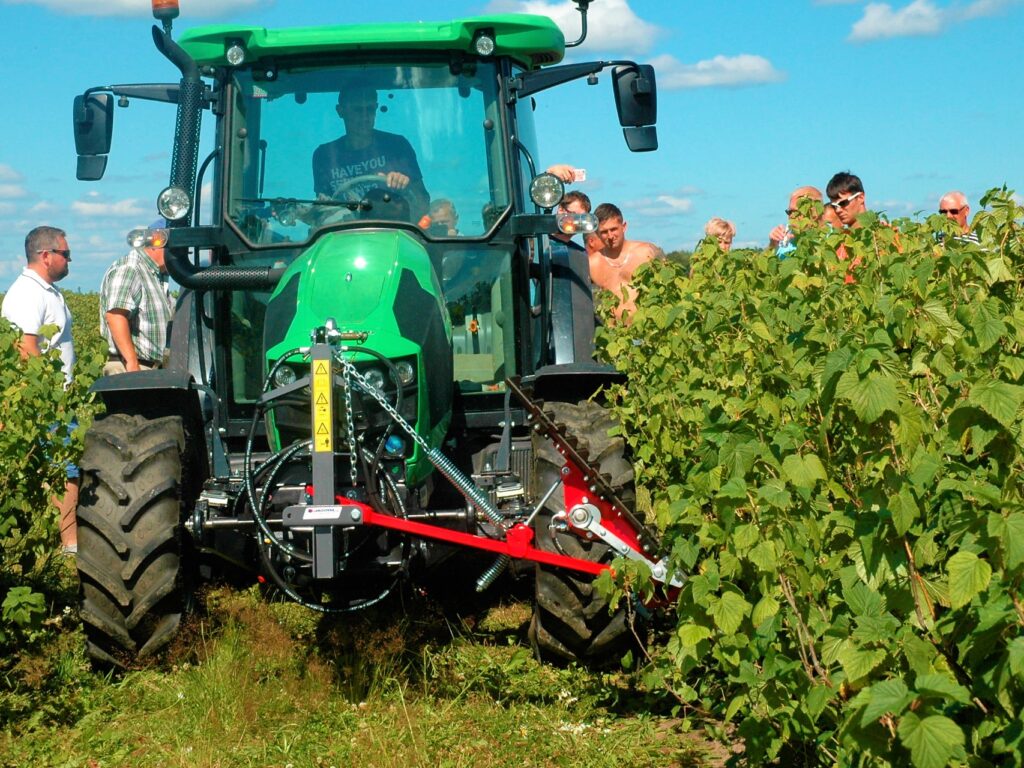

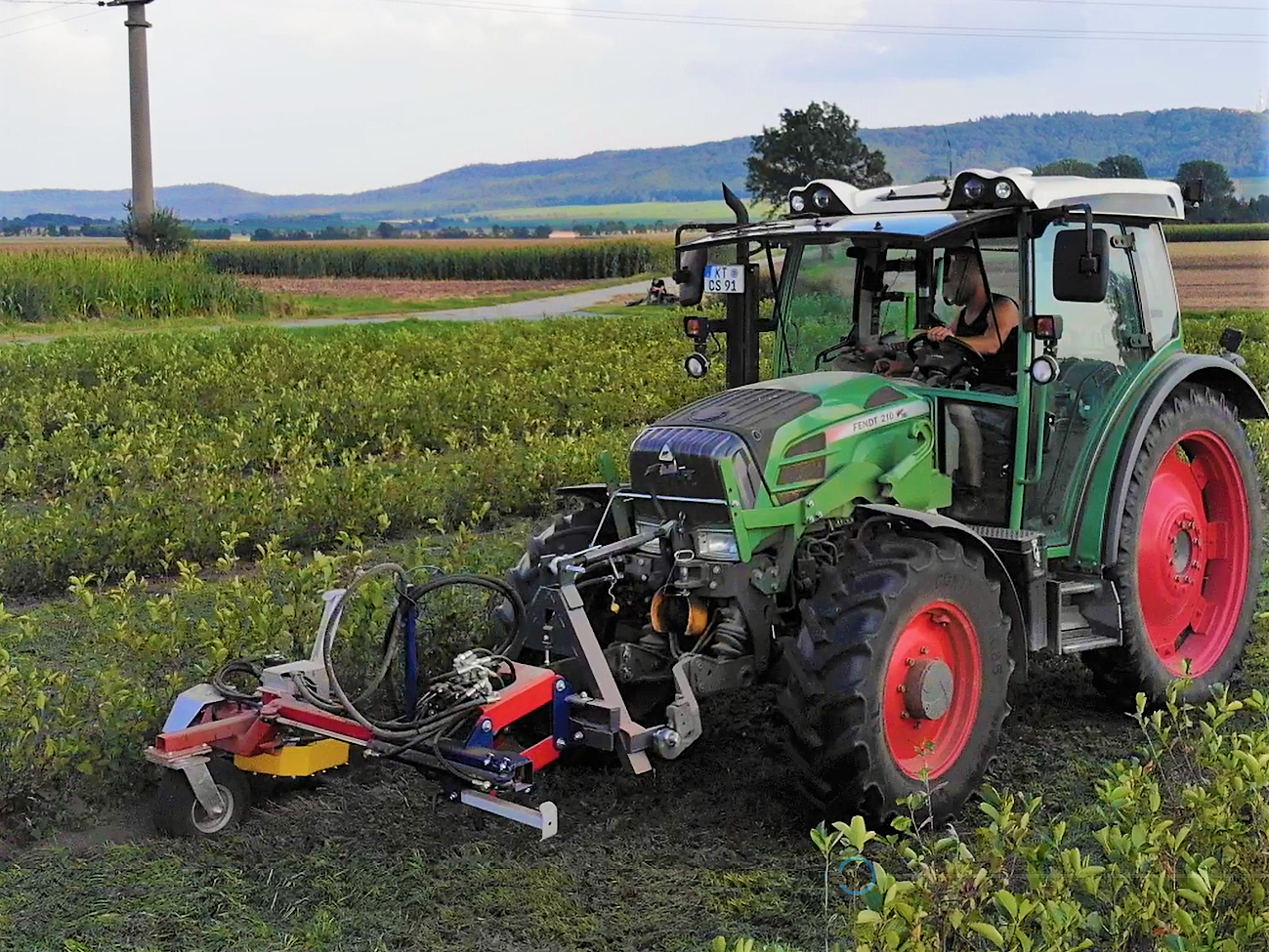

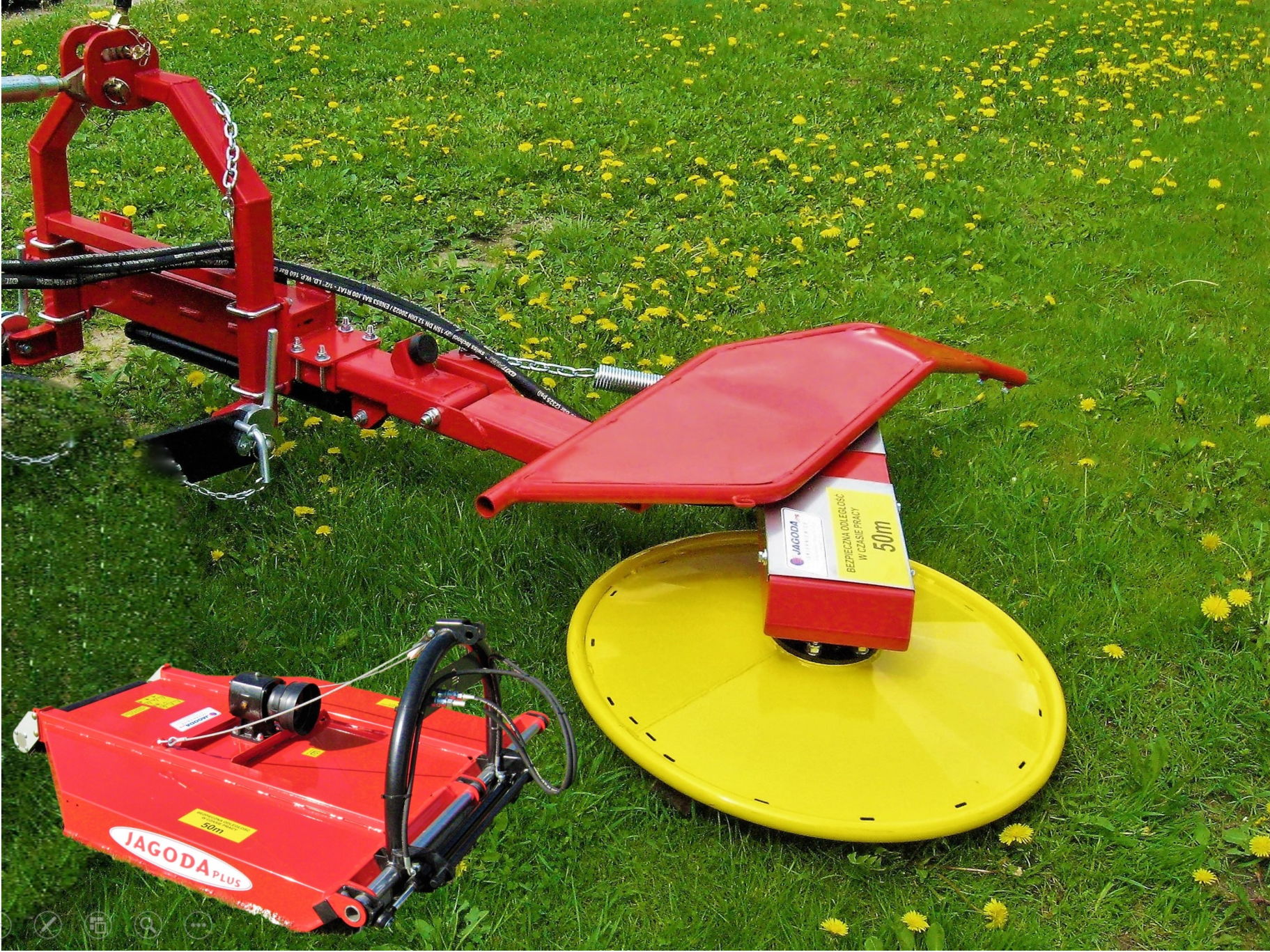
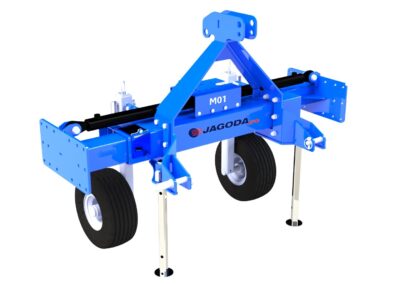
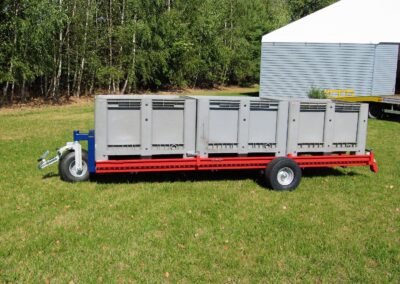
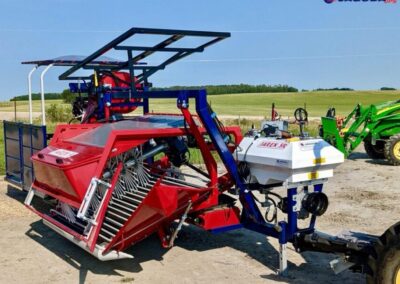
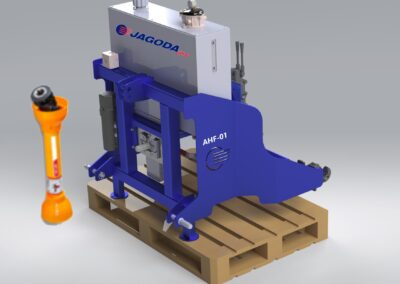
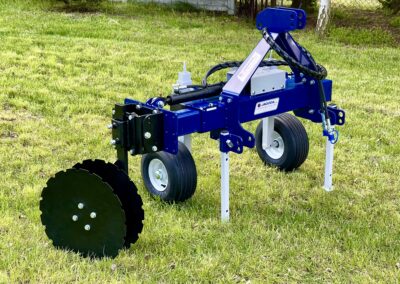

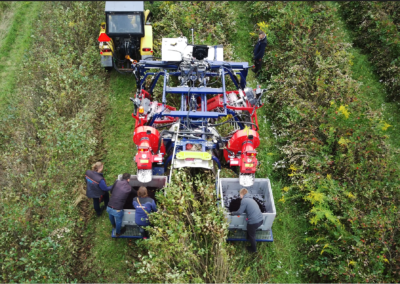

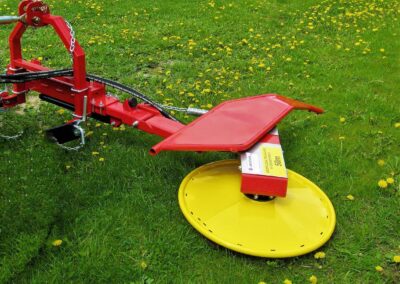
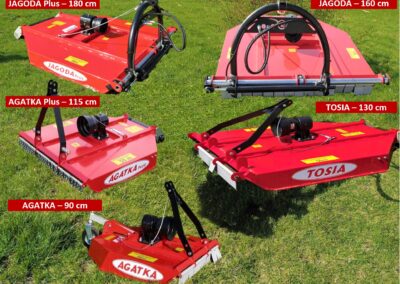
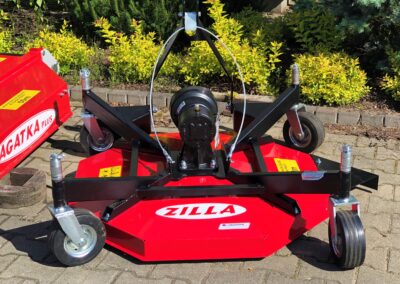

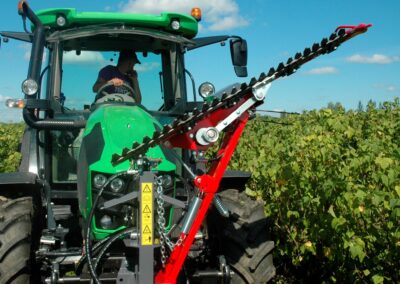
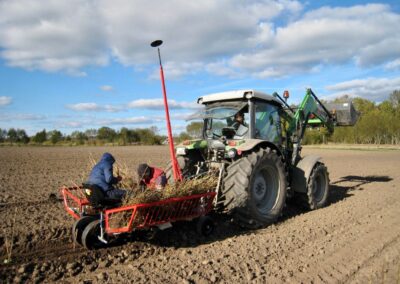
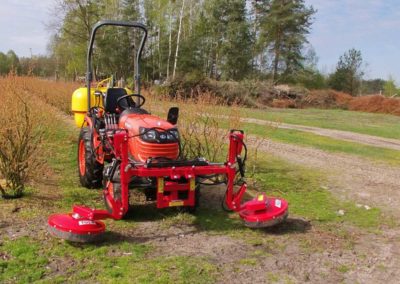


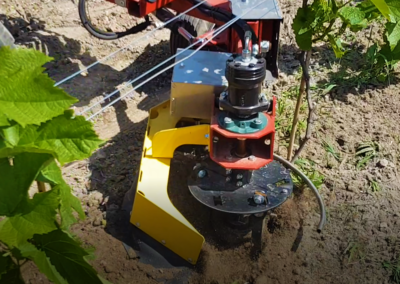
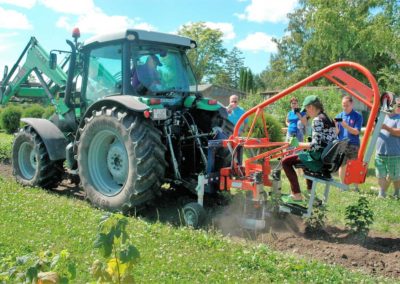

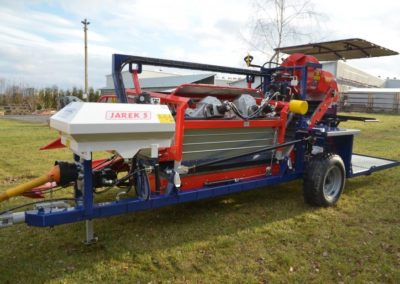
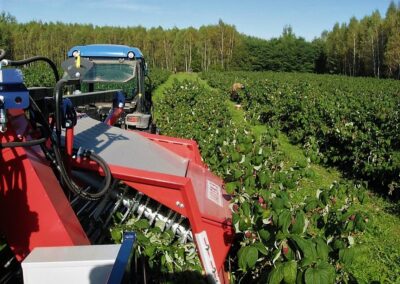

Thanks for the post!
You are welcome and feel free to contact us for any additional information.